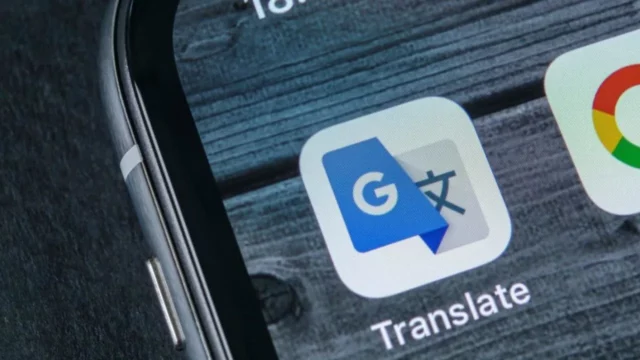Google is preparing for a significant innovation in display hardware with the Pixel 10 series. According to leaked information, the Pixel 10 Pro and Pixel 10 Pro XL models will use a new display with a frequency of 480Hz PWM (Pulse Width Modulation). This development is one of the first concrete steps Google has taken against eye fatigue problems caused by screen vibration, which it has been silent about until now.
A new step against eye fatigue in the Pixel series
Google is preparing for a significant innovation in display hardware with the Pixel 10 series. According to leaked information, the Pixel 10 Pro and Pixel 10 Pro XL models will use a new display with a frequency of 480Hz PWM (Pulse Width Modulation). This development stands out as one of the first concrete steps Google has taken against eye fatigue problems caused by screen vibration, which it has been silent about until now.

PWM is known as a method used for brightness control on OLED displays. Instead of being constantly on by giving direct current, LEDs are turned on and off very quickly. Although this vibration is not directly noticeable to the eye, it can cause symptoms such as eye fatigue, headaches or nausea in some users at low PWM frequencies.
This situation becomes more pronounced at low brightness levels, especially in dark environments. Therefore, although the PWM value is not directly related to the visual experience in screen quality, it becomes a critical criterion in terms of user health.
Although the 480Hz PWM frequency in the Pixel 10 Pro provides a significant improvement compared to previous models, it still lags behind when compared to some competitors in the sector. For example, the Xiaomi 15 Ultra was launched with 1,920Hz, the OnePlus 13 and Nothing Phone 3a with 2,160Hz, and the HONOR Magic 7 Pro with 4,320Hz PWM frequency.
These models offer higher values to reduce the risk of discomfort that may occur due to low-frequency PWM. It is seen that Google has reached a similar level with its US-based competitors such as Samsung and Apple with the update, but has not come close to the technological levels reached by Chinese manufacturers.
In addition to PWM, some phone manufacturers also use hybrid technologies such as DC dimming. In these systems, screen flicker is reduced by using direct current at high brightness levels, and PWM is activated at low levels. This approach is frequently preferred, especially in models that focus on user eye health. However, there is no information about such hybrid modes in the Pixel 10 series yet.
It is stated that the new screen will only be offered in the Pixel 10 Pro and Pixel 10 Pro XL models. This feature may not be available in more affordable models such as the standard Pixel 10 or the future Pixel 10a. This means a limitation for users who are sensitive to screen flicker.
While screens with higher PWM values are important in terms of eye comfort and long-term screen use, some users may find Google’s offering of this feature only in the upper segment insufficient.
Although the PWM frequency alone does not determine the quality of a screen, it has become a decisive factor in the purchasing decision, especially for certain user groups. Although this change made by Google in the Pixel 10 Pro is recorded as a significant step compared to the past, it is still a minimal update in the overall picture. It is eagerly awaited whether this improvement will be spread to all Pixel models in the coming period.












